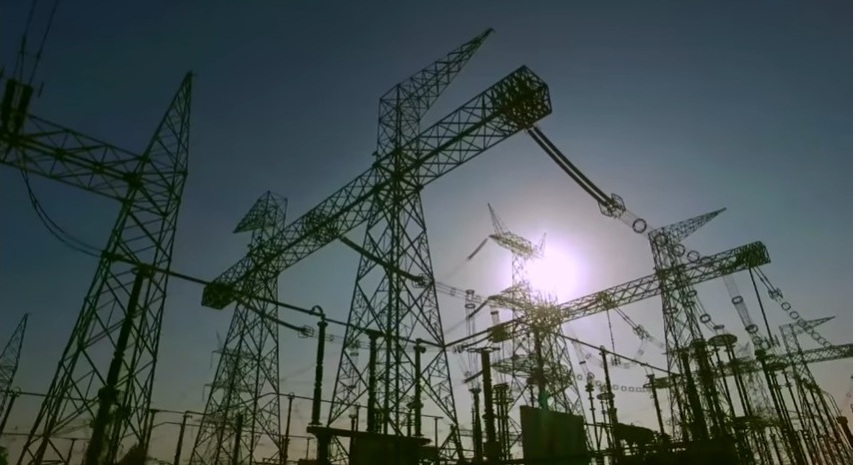The Union ministry’s proposal of shifting 33kV infrastructure from distribution companies to transmission companies, can have far-reaching impact on the power T&D sector, according to a special study by T&D India.
Background
The Union power ministry, on September 1, 2021, issued an order stating that all 33kV power distribution infrastructure (technically, sub-transmission infrastructure) currently owned by distribution companies should be merged with the grid infrastructure of transmission companies. This guideline will be applicable to state government-owned utilities. Private discoms will be kept out of the purview, it is learnt.
The power ministry has also directed Power Grid Corporation of India Ltd (PGCIL) to form joint ventures with state transcos to form joint venture, if the state transco, in question, does not have the financial resources to imbibe the new 33kV grid infrastructure.
Rationale
While there is varied opinion on the rationale of this decision, T&D India feels that the moot point is to disburden state discoms of a portion of their infrastructure, so that discoms will have lesser infrastructure to manage. This will enable the discoms to focus only on sub-33kV infrastructure and of course their consumers. It should be borne in mind that transmission is a B2B (business to business) activity while distribution is a B2C (business to consumer) activity. In fact, power distribution is the only B2C aspect, in the entire power value chain.
Carriage and content
The Union government, it may be recalled, has since long been advocating the separation of the “carriage” and “content” aspects of power distribution. “Carriage” represents the infrastructure while “content” stands for the actual service of electricity supply. “Carriage and content” is also referred to as “wire and supply”.
If 33kV infrastructure is shifted to transcos, it will make the “carriage” aspect of power distribution lighter in terms of assets. This might encourage participation of private sector in the “carriage” aspect as well, in principle. However, it is felt that when “carriage” and “content” are separated, competition will be more on the “supply” side while “wire” will remain with the state discom.
Also read: PGCIL Estimates Work-In-Hand At Over Rs.350 Billion
Revamped distribution package
The Rs.3-trillion power distribution revival and reforms package announced in June this year, is expected to see deeper engagement of external parties with state discoms. If 33kV infrastructure is moved to transcos, such external parties—be it private sector companies or government companies like PGCIL—such engagement will be more focused on the distribution sector, in the true sense.
Transcos
At themoment, state transcos are in relatively better financial health that state discoms. It is therefore felt that most state transcos will be able to maintain the increased asset base—existing assets plus the 33kV infrastructure shifted from discoms. State discoms will also be able to utilize their funds for better management of their now-reduced assets.



